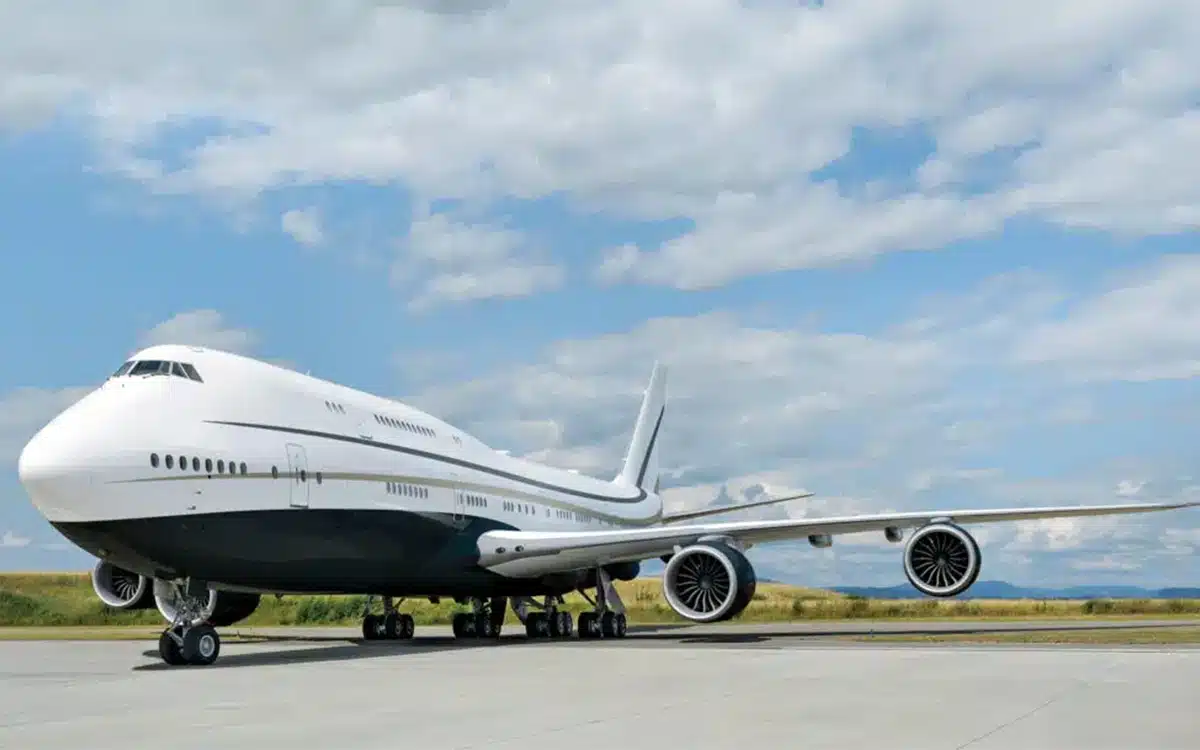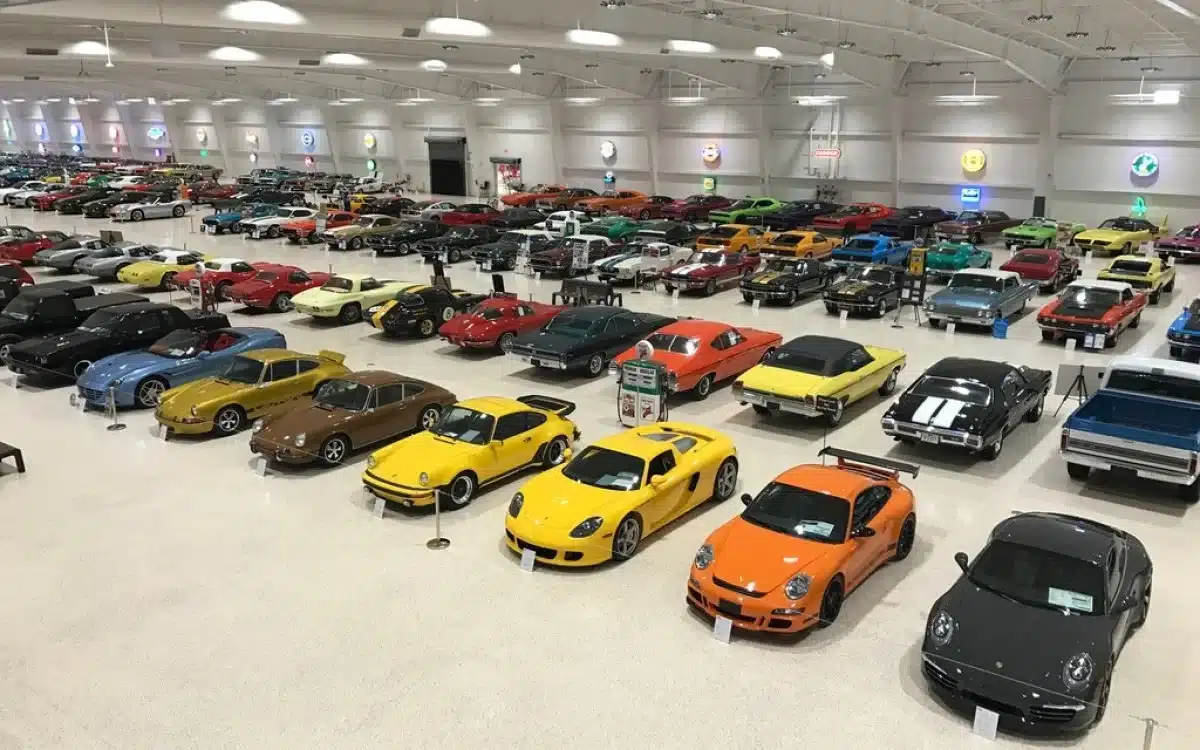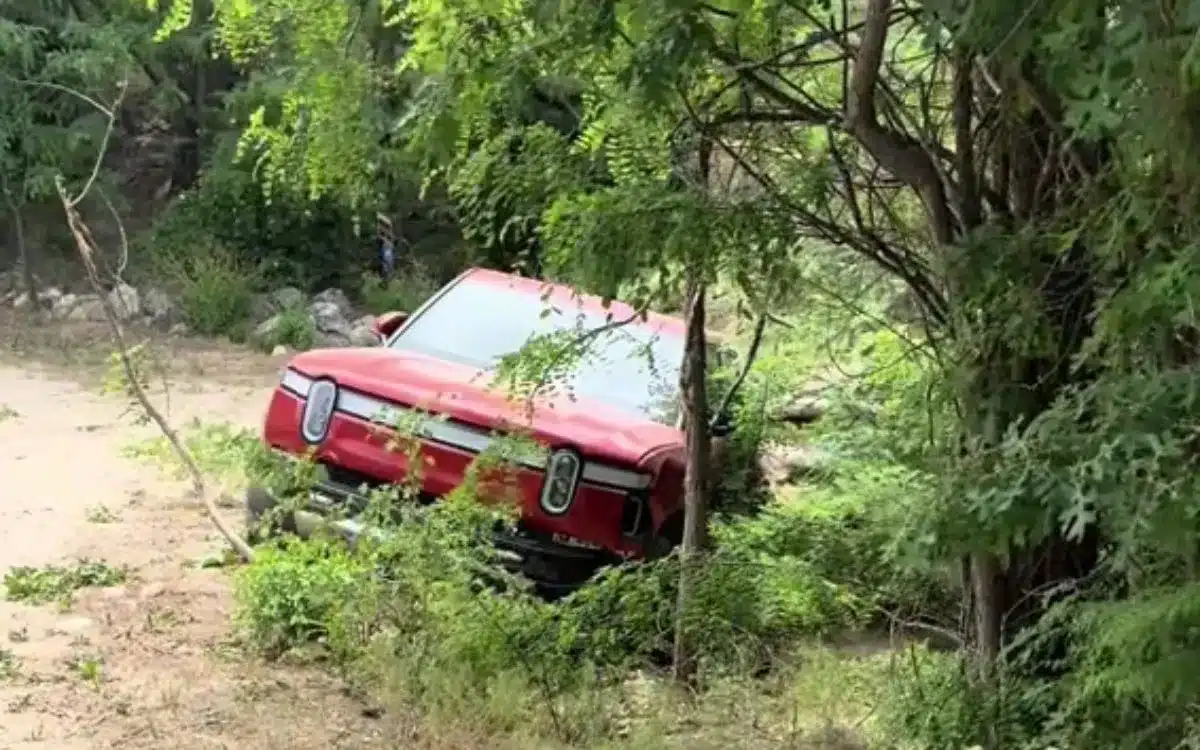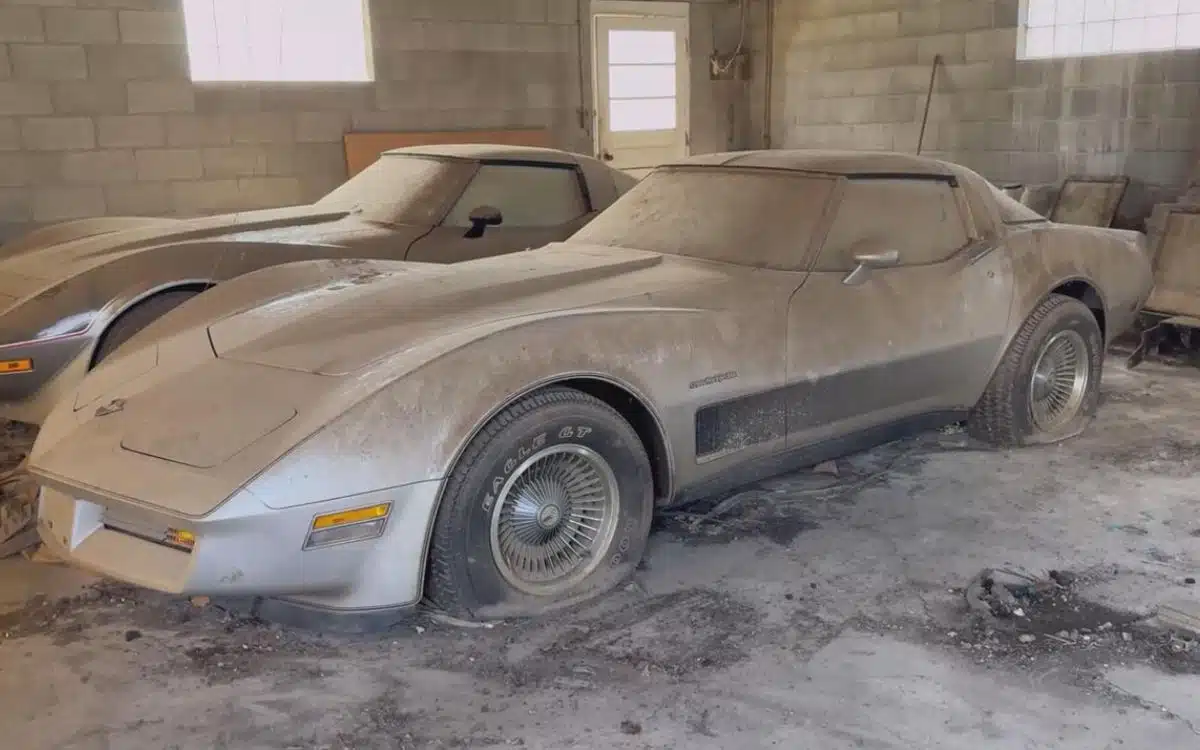Ever see faces in cars? Well, it’s called ‘pareidolia’ and you’re not alone
- If you’ve ever seen a face in a car you’ve experienced a phenomenon called pareidolia
- It turns out that plenty of other car-lovers have experienced it, too
- One study found that 94% of people saw faces in cars
Published on Jun 26, 2024 at 3:53 AM (UTC+4)
by Claire Reid
Last updated on Jun 26, 2024 at 3:49 PM (UTC+4)
Edited by
Tom Wood
People are realizing they see faces in cars due to a phenomenon called pareidolia.
Pareidolia is the name given to the tendency to impose a meaningful interpretation on something where there isn’t one.
For example, seeing a bunny rabbit in the cloud or Elvis on a piece of burnt toast.
Or to use another example, seeing a face on a car.
Like, the Tesla Roadster, or the Mazda MX-5 that always looks quite happy to see you.
READ MORE! Every part of this unique Chinese concept car can move as if it’s alive
Ever seen a face in a car?
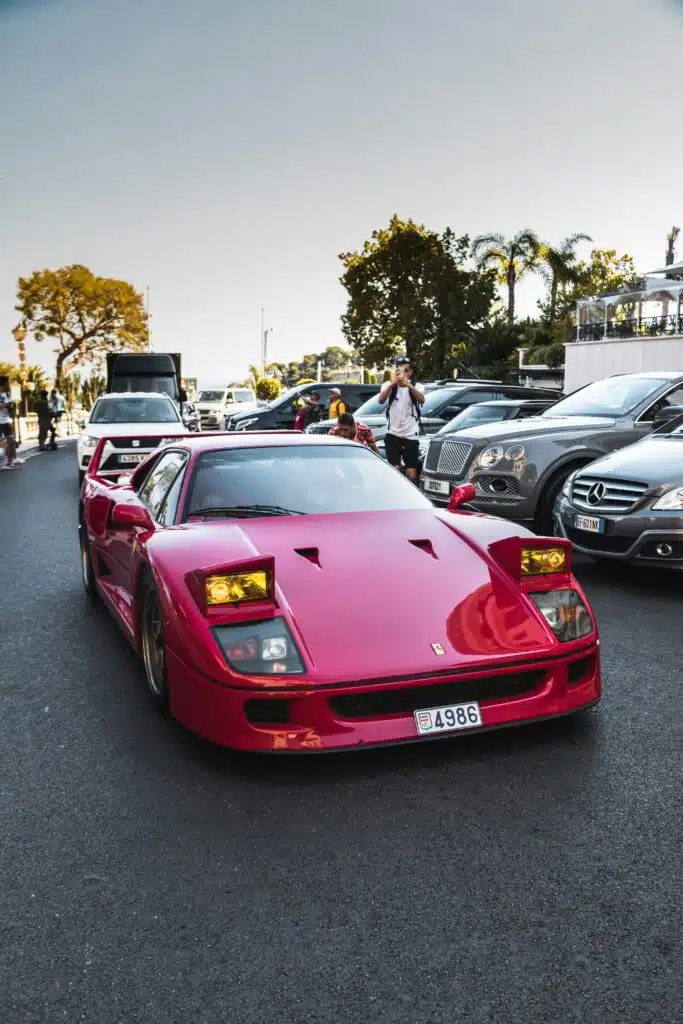
Now at this point, we’re sure some of you are shaking your heads and wondering what on Earth we’re talking about.
But others amongst you – perhaps a larger percentage – will know exactly what we mean.
In a detailed Reddit post from a few years back, someone compiled a heap of different cars and drew little faces next to them – including a smug-looking BMW and a slightly startled-looking Mercedes.
We’ll leave those interpretations with you.
And it turned out that plenty of folks were used to seeing faces in the front of cars.
One person responded: “I thought I was the only one that looks at cars and imagines faces.”
Someone else said: “The best car faces are on the back of the cars.”
While a third commented: “Can…not…un-see!”
How common is pareidolia?
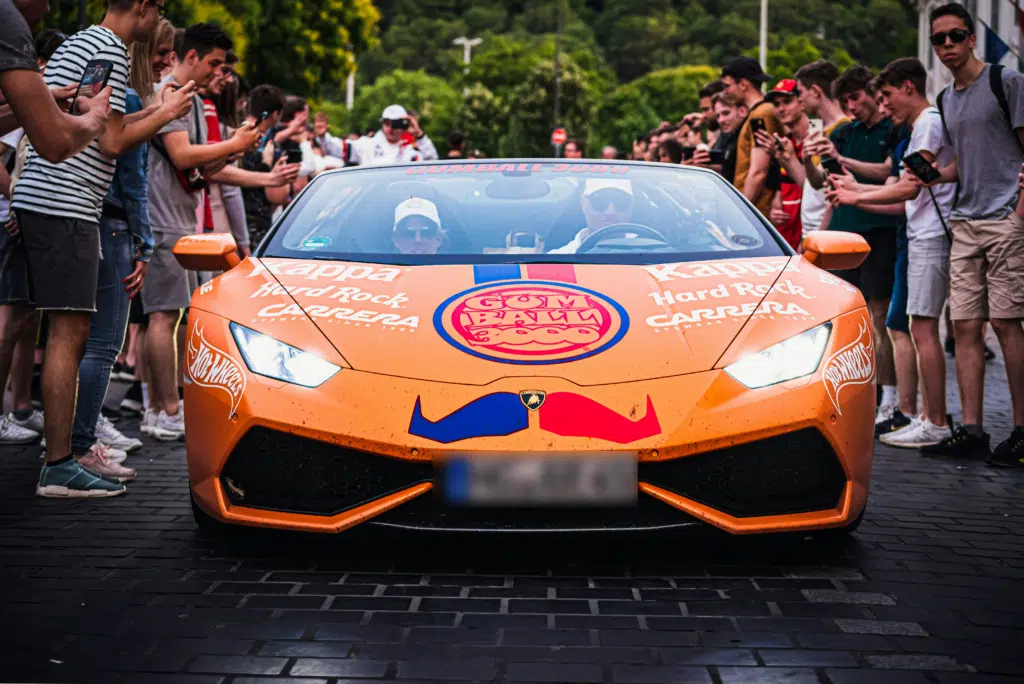
In fact it turns out seeing faces in cars is very common. So common, in fact, that a 2018 study found a whopping 94 percent of those asked saw faces in the front-end design of various models of cars.
The researchers asked 96 people aged between 18 and 72 and discovered that while the vast majority of people saw the faces, they also indicated that most of the ‘faces’ had some degree of an angry expression.
The study also found that women were more likely to see faces in cars. But it wasn’t clear if they were more likely to perceive the faces as angry.
As those who do see faces in cars can attest to, the researchers noted that ‘features such as the headlights which could represent eyes and the air intake that could represent a mouth had high correlations to trends in scores’.
I’m not sure we’ll ever look at a traffic jam the same way again.
# Tags - Cars

Claire Reid
Claire Reid is a journalist who hails from the UK but is now living in New Zealand. She began her career after graduating with a degree in Journalism from Liverpool John Moore’s University and has more than a decade of experience, writing for both local newspapers and national news sites. Across her career she's covered a wide variety of topics, including celebrity, cryptocurrency, politics, true crime and just about everything in between.
